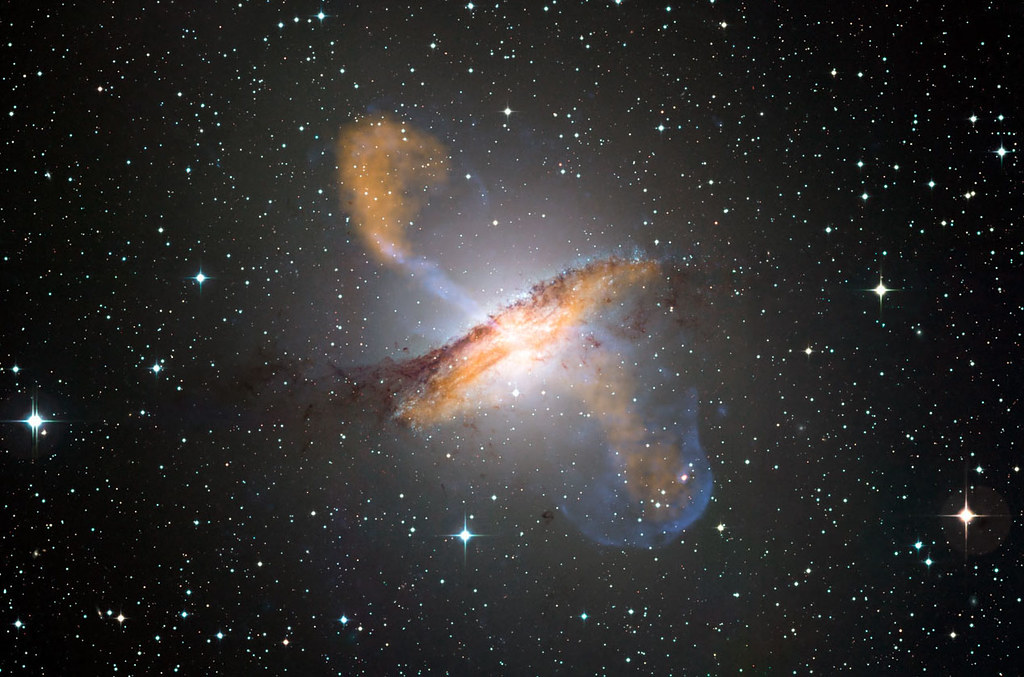
The ongoing dispute between President Donald Trump and billionaire Elon Musk over a major spending bill has intensified worries about the future of NASA’s budget, which was already facing significant reductions. The White House had proposed substantial cuts to the space agency’s funding, with science projects set to lose nearly half of their financial support.
Adding to the tension, President Trump has threatened to withdraw federal contracts with Musk’s company, SpaceX, putting the U.S. space program at further risk. NASA depends heavily on SpaceX’s Falcon 9 rockets to resupply the International Space Station with crew and cargo. The agency also plans to use SpaceX’s Starship rocket for future missions to the Moon and Mars once it becomes operational.
Dr. Simeon Barber, a space scientist at the Open University, expressed concern over the uncertainty, saying it has a “chilling impact” on human space exploration. He pointed out that the recent rapid changes and reversals undermine the stable foundations necessary for ambitious space programs. Space exploration requires long-term planning and collaboration among governments, companies, and academia.
Before the feud escalated, fears over proposed cuts were already mounting. Approximately 40 science missions currently in development or operational risk being canceled. Nearly all NASA sectors face budget reductions, except for a $100 million boost allocated toward the goal of sending astronauts to Mars.
Experts Warn of a Crisis
Casey Dreier, chief of space policy at the Planetary Society, called the potential cuts “the biggest crisis ever to face the US space programme.” NASA has released plans detailing how it would implement the requested cuts, proposing to reduce its budget by almost a quarter. The agency states that its approach “aligns [its] science and technology portfolios to missions essential for the exploration of the Moon and Mars.”
Dr. Adam Baker, a space analyst at Cranfield University, warned that if Congress approves these proposals, NASA’s mission focus would shift fundamentally. “President Trump is repurposing NASA for two things: to land astronauts on the Moon before the Chinese and to have astronauts plant a US flag on Mars. Everything else is secondary.”
Supporters of the budget proposals argue that the White House is providing NASA with a clear purpose, reminiscent of the Apollo era’s focus on beating the Soviet Union to the Moon. Critics counter that NASA has since become a bloated bureaucracy prone to massive budget overruns and inefficiency.
A glaring example is NASA’s Space Launch System (SLS), intended to return astronauts to the Moon. Its development has suffered delays and ballooning costs, with each launch estimated at $4.1 billion. In contrast, SpaceX’s Starship rocket aims for a reusable design, with projected costs near $100 million per launch. Jeff Bezos’s Blue Origin proposes similar cost savings with its New Glenn rocket.
The White House’s budget plans aim to phase out the SLS, hoping Starship and New Glenn will replace it. However, Starship’s last three test launches failed, and Blue Origin has only recently begun testing New Glenn.
Dr. Barber warns that NASA may be “jumping out of the frying pan, into the fire.” The development of these rockets depends heavily on Elon Musk and Jeff Bezos’s companies. Should they lose interest or require additional funds, Congress might face pressure to increase spending.
Risk to Other Scientific Missions and International Collaboration
More worrisome is the threat to around 40 planetary missions and Earth climate-monitoring programs, many involving international partnerships. Dr. Barber laments the rapid dismantling of programs that took decades to build, with no clear plan to rebuild.
At risk are European Space Agency (ESA) collaborations, such as plans to return Martian samples collected by NASA’s Perseverance rover and ESA’s Rosalind Franklin rover mission to search for signs of past life. ESA’s access to the International Space Station and NASA’s contributions to the Lunar Gateway—a planned multinational lunar orbit station—may also diminish.
Prof Sir Martin Sweeting of Surrey Satellite Technology Ltd and co-author of a Royal Society report said that while these cuts are “unwelcome,” they could spur Europe to take greater responsibility for its own space program. ESA recently announced intentions to build more autonomous capabilities and remain a reliable partner worldwide.
NASA’s Earth Observation programs, crucial for monitoring climate change impacts, are also slated for cuts. Dr. Baker calls these “our canary in the coal mine,” warning that reducing these early-warning systems threatens humanity’s ability to predict and mitigate climate disasters.
The budget has yet to pass Congress. Casey Dreier notes that some Republicans have privately signaled opposition to the cuts, but political deadlock may result in no budget being agreed upon. An interim reduced budget might be implemented, which would be difficult to reverse since once space missions are stopped, restarting them is nearly impossible.
Author’s Opinion
The current turmoil over NASA’s budget and political tensions between Trump and Musk risk undermining decades of progress in space exploration and science. While refocusing on lunar and Mars missions may energize certain goals, neglecting other scientific endeavors and international partnerships could leave gaps that take years to repair. Investing in diverse space programs and Earth science is essential not only for exploration but for understanding and protecting our own planet. Political squabbles should not derail the broader vision for humanity’s future in space.
Featured image credit: NASA Goddard Space Flight Center via Flickr
For more stories like it, click the +Follow button at the top of this page to follow us.
